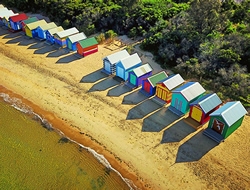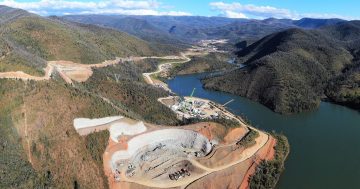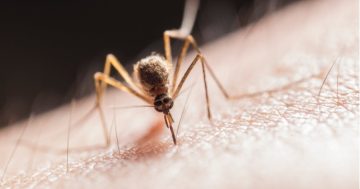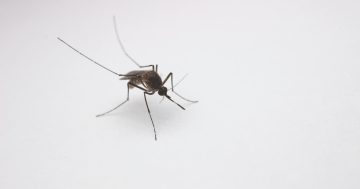 The Environment Protection Authority Victoria (EPA) is warning that a La Niña weather event could impact water in the State’s bay and river systems and is encouraging people to check water quality before diving in.
The Environment Protection Authority Victoria (EPA) is warning that a La Niña weather event could impact water in the State’s bay and river systems and is encouraging people to check water quality before diving in.
Water Scientist at EPA, Paul Leahy said La Niña weather often brought heavy rain, which washed unseen pollutants off streets, into the drains and out into the bay and river systems.
“Run-off can often contain harmful microbes that can cause skin irritations, eye and ear infections, and even gastro illness especially for our kids, elderly and people with vulnerable immune systems,” Dr Leahy said.
“Anyone experiencing swim-related illness should seek advice from their doctor,” he said.
Dr Leahy said that, every summer, EPA and Life Saving Victoria (LSV) provided a daily forecast of water quality around the bay and, with Melbourne Water, on the Yarra River.
He said the forecasts were available on the EPA website, at LSV clubs on weekends and public holidays and via SMS alert.
“Our water quality is usually pretty good, but Beach Report and Yarra Watch will alert you if that’s not the case,” Dr Leahy said.
“We want everyone to check in before they dive in and stay safe from avoidable illnesses,” he said.
“That goes for pets too.”
Dr Leahy said dogs often got skin irritations that were harder to see under their fur and advised owners to give their pets “a good hose down after they’ve been in for a swim”.
He said EPA’s forecast service used three water quality ratings, ‘good’ meant water quality was probably suitable for swimming; ‘fair’ meant water quality may not be suitable for swimming; and ‘poor’ meant water probably was not suitable for swimming.
The EPA Water Scientist said that if water was rated as ‘fair’ people should check for signs of pollution before swimming, including stormwater drains flowing; murky water; a bad smell; and rubbish.
“If the rating is ‘poor’ don’t go in,” he said.
“But conditions can change quickly, so be prepared and take a good look at the water before going in.”
Dr Leahy said people should avoid swimming near stormwater drains; avoid swimming for 48 hours after rain; try not to swallow water during recreation; cover cuts and scratches with waterproof bandages; wash their skin with soap after touching the water; and shower after swimming.
EPA’s Beach Report can be accessed at this PS News link and Yarra Watch at this link.










